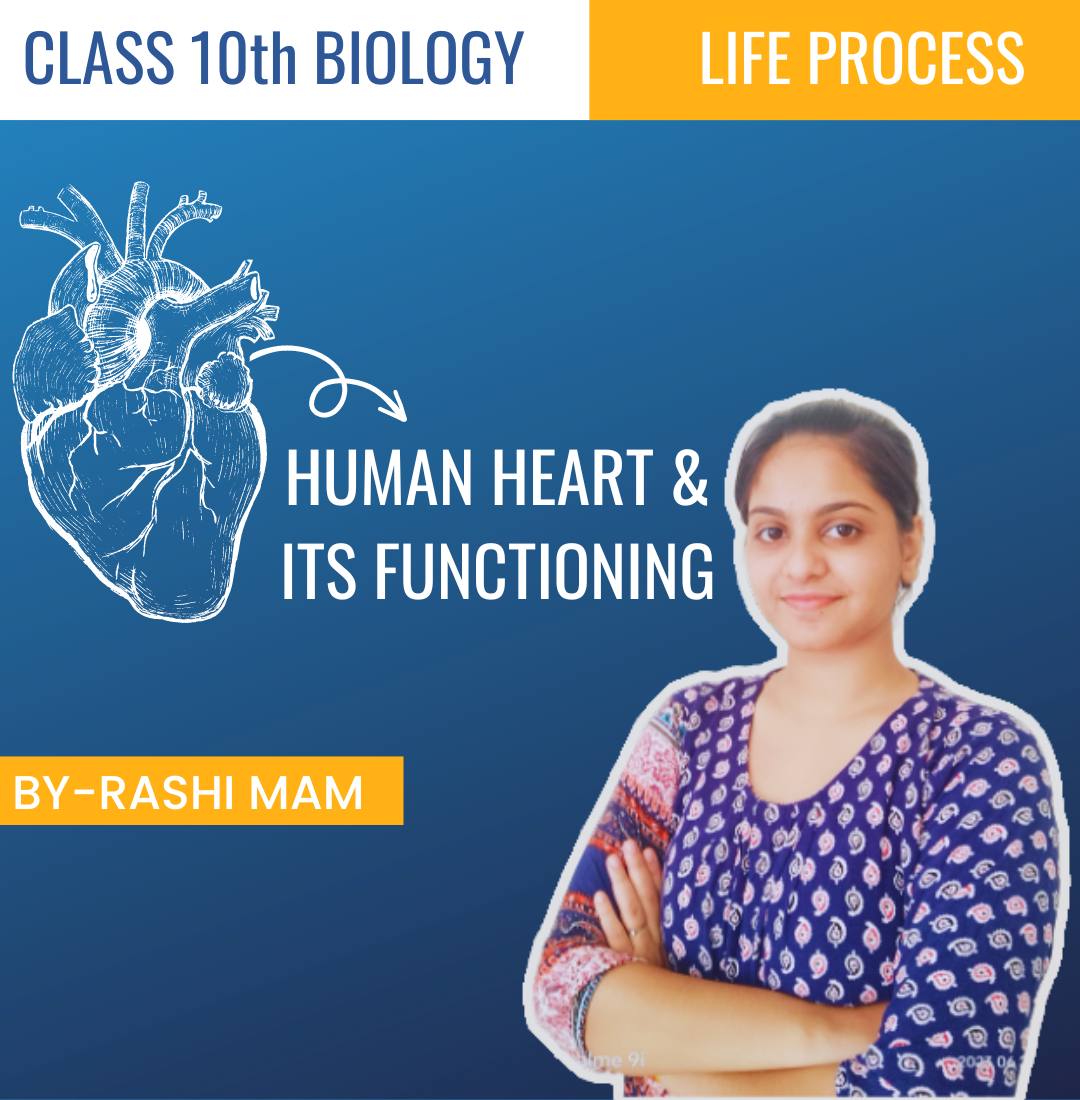The functioning of the human heart involves a complex series of events that occur in a coordinated manner. Here is a simplified explanation of how the heart works: The heart consists of four chambers – two atria (left atrium and right atrium) and two ventricles (left ventricle and right ventricle). Deoxygenated blood returns to the heart from the body through the superior and inferior vena cava, entering the right atrium. Oxygenated blood from the lungs enters the left atrium via the pulmonary veins. The electrical signals in the heart stimulate the contraction of the atria, forcing blood into the ventricles. The tricuspid valve (between the right atrium and right ventricle) and the mitral valve (between the left atrium and left ventricle) open during this phase. The electrical signals then travel to the ventricles, causing them to contract. The tricuspid and mitral valves close to prevent the backflow of blood into the atria. The pulmonary valve (in the right side of the heart) and the aortic valve (in the left side of the heart) open, allowing blood to be pumped out of the heart. The right ventricle pumps deoxygenated blood into the pulmonary artery, which carries it to the lungs. There, carbon dioxide is removed, and oxygen is replenished. Oxygenated blood returns to the left atrium through the pulmonary veins. The left ventricle then pumps oxygenated blood into the aorta, the main artery of the body, which distributes it to all the organs and tissues. After contraction, the ventricles relax, and the pulmonary and aortic valves close. The tricuspid and mitral valves open, allowing the atria to refill with blood. The cycle repeats as the atria contract again, and the process continues to ensure continuous blood circulation. You can learn more amazing facts more clearly through home tuition classes by getting a private home tutor. The functioning of the heart is regulated by electrical signals generated by a specialized group of cells called the sinoatrial (SA) node, located in the right atrium. These signals coordinate the timing of the heart’s contractions, maintaining a regular rhythm known as the heartbeat .It’s important to note that this is a simplified explanation, and the actual workings of the heart involve more intricate details and processes. The heart’s efficiency is crucial for maintaining overall health, and any abnormalities or diseases affecting its structure or function can have significant consequences.

